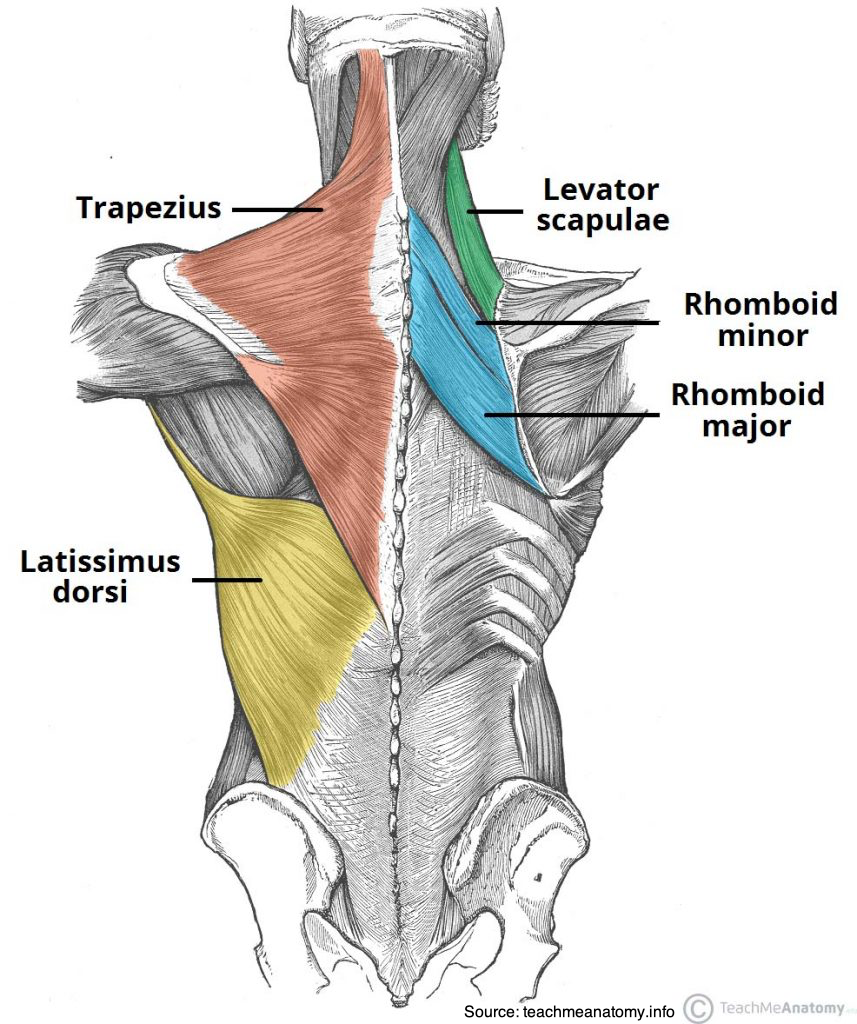Upper Back Pain
- Bryan McCullough

- Apr 14, 2020
- 4 min read
Updated: Oct 5, 2021

Pain or aching felt between the shoulder blades that can be worse with sustained postures or develop sharper pains on certain movements and deeper breathing. This can affect shoulder strength and stability, neck comfort and ability to hold your position on the bike.
What causes Upper back pain?
In most cases the main source of the problem is muscular ache due to sustained position, lack of conditioning to the back (posterior chain) muscle groups, or adopting a new riding position that the body has not accommodated to yet. Persistent problems in this area may also be associated with irritation of the facet joints or the discs in between each vertebrae.
Risk Factors
Previous back pain / injury
Weakness in upper back muscles
Stiffness in thoracic (mid back) spine joints
Unsuitable bike fit - generally too long and low or excessive forward shift of balance
Large increase in riding volume
New bike / new bike set up, increasing ride distances from no previous riding
What are the symptoms?
It is most commonly described as a gradual ache that comes on during a ride - it can occur after 30-45 minutes in newer cyclists or after around 2-3 hours in more experienced cyclists.
Once aggravated it can come on much more quickly or even limit riding altogether.
In mild cases it is often completely pain free when not in a riding or sitting position.
Cyclists will often describe either pain or restriction of movement, particularly with rotation (turning) from side to side.
Cyclists adopt a position which requires the mid-back (thoracic spine) to be held in a moderate or high degree of flexion for sustained periods. If the position is a challenge for you to maintain or you hold the position for longer than you have optimal muscle strength to do so then it will often lead to strain and spasm in the muscles.
The easiest way to test these muscles is to have it assessed by a physiotherapist (or osteopath, chiropractor etc). This will often reveal excessive tension or sensitivity in the muscles highlighted in the picture above.
How can I manage Upper back pain?
Activity Modification
Switching to shorter ride durations that do not aggravate your symptoms is a good first step.
If your work is desk based, take regular breaks from sitting, find a chair with higher back support (and sit back into it), or opt for a variable height work station if possible.
Heavy lifting with your arms out in front of your body places moderate to high loads on these back muscles so may be aggravating in more acute cases.
Physiotherapy
Soft tissue or sports massage is particularly helpful in alleviating tension and pain felt across this area of the back.
Joint mobilisation can encourage reduced tension and better movement.
Taping strategies can help to improve postural awareness and take some pressure off the working muscles.

Mobility exercises are a great way to gradually regain and encourage full functional range of motion through the thoracic spine and shoulder blades
Strength training is vital for longer term management and unlocking some performance benefits if you are looking to work on a more aerodynamic or low racing position. They need to cover a wide variety of muscles including - erector spinae, latissimus dorsi, rhomboids, trapezius, scapular stabilisers etc.
Bike Fit
Reach and drop to the handlebars are the most common areas where a rider will need to make some changes to reduce pressure or workload on their upper back. Long reach and a large amount of ‘drop’ from the handlebars to the saddle will force more joints towards end of range and increase the muscular effort to hold this position.

Changes to bike fit need to be made progressively and within the specific rider’s ability to adapt to these changes without injury.
In the short term a simple solution is often just to flip the stem from the downward angled position to the upward angled position or looking to temporarily replace your current stem with a shorter stem.
It must be noted than riders will often move their saddle forward as much as possible to reduce their reach to the bars but this can be a false economy. The reason is that as we do this we also increase the amount of body weight that goes through the arms / hands / upper back so it may in fact make things worse.
A comprehensive bike fit session will be able to address all of these variables to find the best fit for your body’s current capacity or limitations and then make plans to progress the changes over time as you body improves in terms of strength and mobility (with a guided rehab programme).
Yoga & Pilates
Both yoga and pilates place lots of emphasis on mobility and strength through this part of the spine.
This can help with increasing postural capacity and also postural awareness.
It will also help to work on mobility around the chest and shoulders which can also become tight from the cycling position if there is no time spent on the opposing muscle groups.
If you are struggling with some of the issues in this article and want to get in touch then please email us: info@thebikethebody.com.

Comments